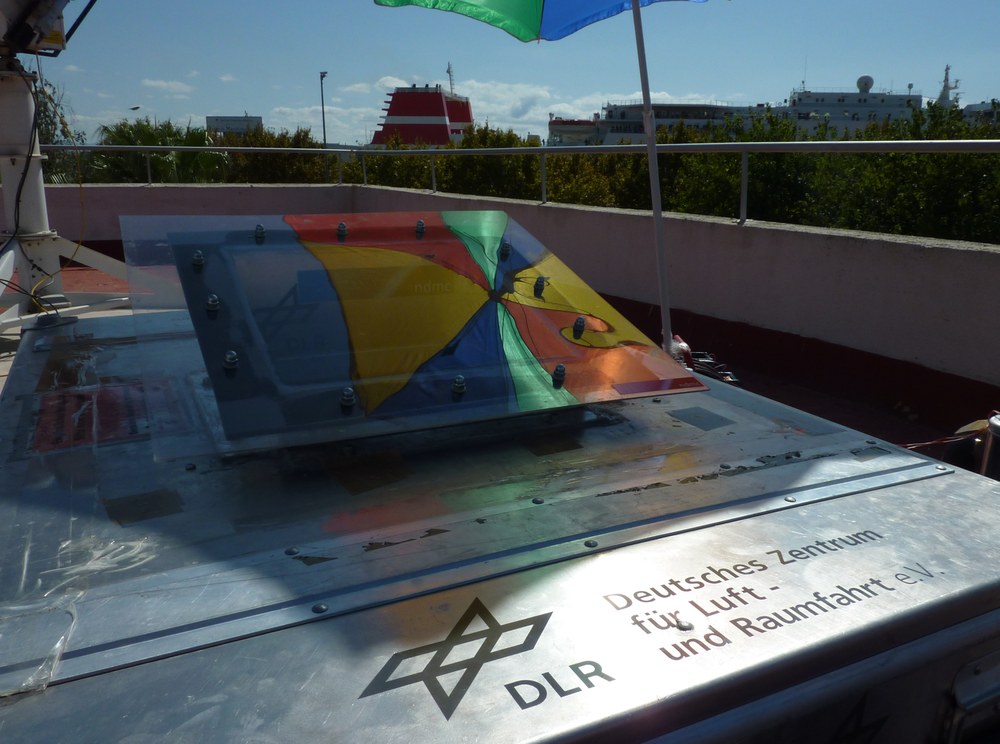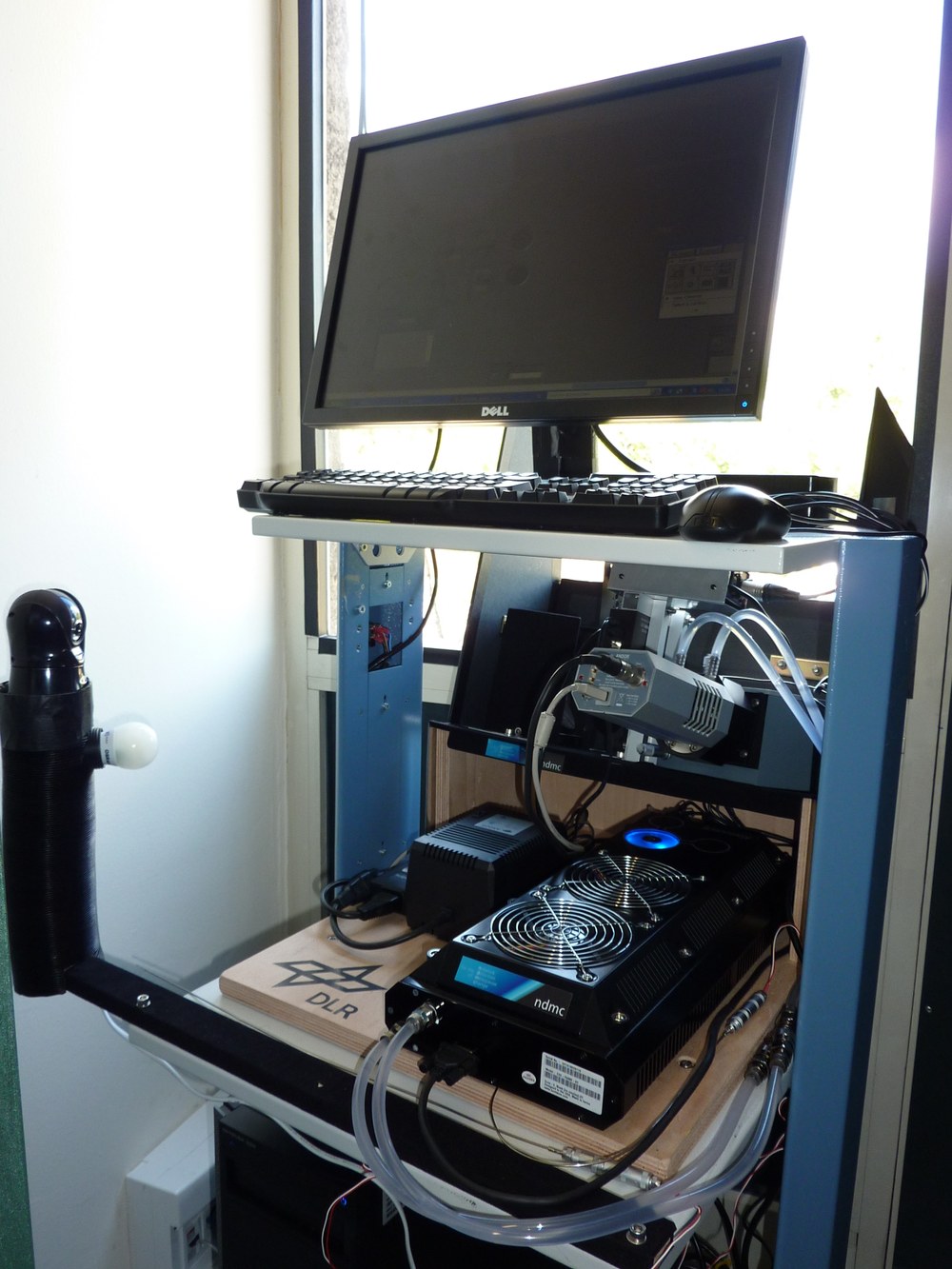CESAR campaign successfully started – GRIPS data available at WDC-RSAT


The emission of gravity waves and infrasound by severe weather cyclones is investigated within the project CESAR („Charakterisierung des differentiellen Energiegehaltes von Vb-Zyklonen über die Quantifizierung abgestrahlter Schwere- und Infraschallwellen in der Atmosphäre“). The change of the energy content of these atmospheric waves (infrasound and gravity waves) is supposed to be a direct measure for the changing energy content of a cyclone. Knowledge about the energy content of a storm system is of special importance in the context of intensity and track prediction. Within the CESAR measurement campaign it is investigated whether this so-called "differential energy content" of a cyclone can be recorded in the stratosphere and mesopause by the observation of atmospheric wave dynamics in radiosonde, airglow spectrometer and satellite based measurements.
Data from five GRIPS (“Ground-based infrared P-branch spectrometer”) instrument sites (Mallorca, Catania, Oberpfaffenhofen, Hohenpeißenberg, Schneefernerhaus; see figure 1), two radiosonde starting facilities (Mallorca, Hohenpeißenberg) and satellite overpasses are used within the campaign. Near-real time quicklooks of GRIPS data are available at the world data center for remote sensing of the atmosphere, WDC-RSAT (right side: WDC - Data Products).
While the GRIPS instrument at Mallorca is only a temporary installation for the time of the campaign (presumably until December 2011), the instrument at Siciliy is meant to stay for a longer period. After the campaign it will be used for the investigation of infrasound produced by the volcano Etna. This analysis will help to discriminate different sources of infrasound in the atmosphere. With the permanent installation of a GRIPS instrument, Catania is becoming part of NDMC, the Network for the Detection of Mesopause Change.
NDMC is a global program with the mission to promote international cooperation among research groups investigating the mesopause region (80-100 km) with the goal of early identification of changing climate signals. It involves the coordinated study of atmospheric variability at all time scales, the exchange of existing know-how, and the coordinated development of improved observation, analysis techniques and modeling. The initial emphasis is on mesopause region airglow techniques utilizing the existing ground-based and satellite measurement capabilities.
CESAR is funded by the Bavarian State Ministry of the Environment and Public Health and performed by DLR in cooperation with Augsburg University. The project started in November 2009 and has a duration of three years. Cooperation partners within this campaign are the Agència Estatal de Meteorologia (AEMET Mallorca, Spain), Istituto Nazionale di Geofisica e Vulcanologia (INGV, Italy), Deutscher Wetterdienst (DWD, Germany), Zentralanstalt für Meteorologie und Geodynamik (ZAMG, Austria) and Applied Physics Laboratory (APL, USA).
We would like to take this chance for expressing our special thanks to the staff of AEMET Mallorca and INGV Sicily: without their hospitality and support during the last month the installation of our instruments would have been impossible.

